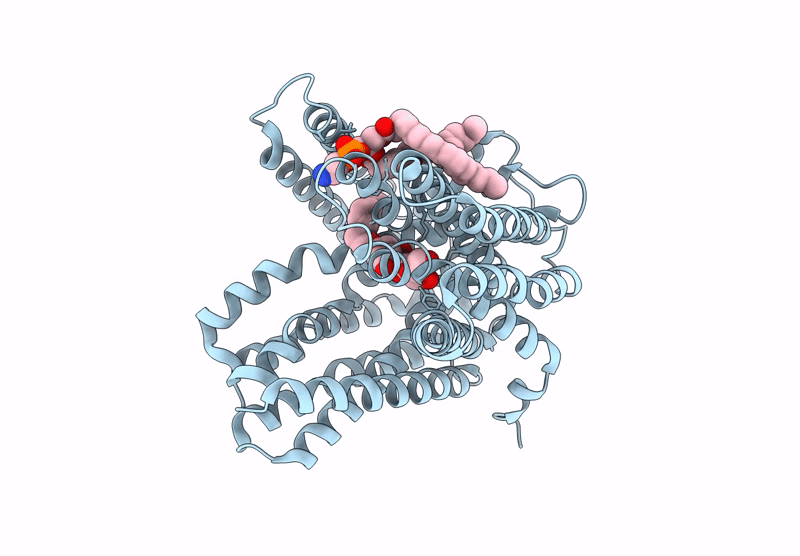
Deposition Date
2024-05-31
Release Date
2024-12-18
Last Version Date
2025-06-04
Method Details:
Experimental Method:
Resolution:
3.78 Å
Aggregation State:
PARTICLE
Reconstruction Method:
SINGLE PARTICLE


